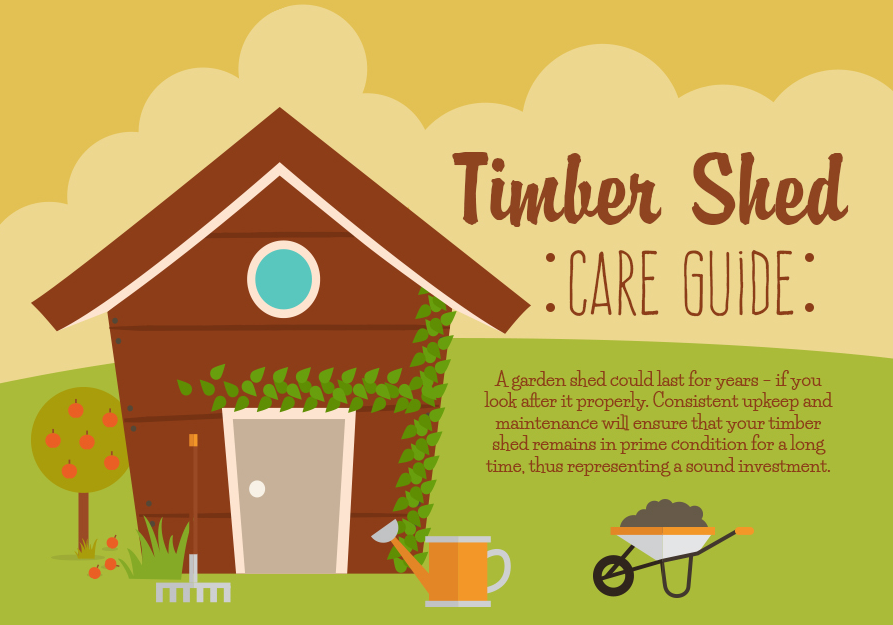If your wooden shed hasn’t been treated yet, it’s critical to do so right away—unless it’s already made of cedar or pressure-treated wood.
Regular maintenance (at least once a year) is critical when it comes to shed treatment. This will help to extend the life of the shed while also ensuring that your belongings are safely stored within.
The easiest approach to maintain the shed protected from all types of weather damage is to treat the external wood with a good quality wood stain or preserve.
How To Apply Treatment
How To Begin
If you’ve recently purchased a new shed constructed of untreated wood, you’ll want to treat it immediately with wood preservative and exterior oil, reapplying every year to ensure the wood’s longevity. To guarantee better coverage on each panel and a more consistent finish, we recommend treating the shed before you build it.
If your shed has been in your garden for more than a few months, make sure to clean it of any algae, fungi, or moss that has developed on it. If the wooden panels have been stained, painted, or lacquered before, you’ll need to sand them down to the bare wood.
Applying Wood Preservative
When you’re ready, use a brush to apply your chosen wood preserver, taking care to cover the full side of the panel that will be exposed. It’s best to apply two or three consistent coats at a time, waiting for each layer to dry completely before moving on to the next.
Exterior Wood Oil
After the wood preserver has dried, it’s a good idea to apply exterior oils to provide an extra layer of protection and weather resistance. Depending on how many applications you’ve applied, a wood preserver can take a day or two to properly dry, so make sure the surface is completely dry before proceeding.
Final Touches
If you want to paint your shed and add some colour to your garden, you’ll need to apply a wax- and silicone-free preserver. Specialist shed coatings are normally designed to last up to five years and provide UV protection to prevent the wood from greying and moisture damage from rain. Make sure you’re painting in dry weather, above 5°C.
Waterproofing
Shed waterproofing, in addition to treating the wood, is a terrific technique to give your panels a little extra protection. You should consider insulating your shed walls to prevent harmful moisture from accumulating. Fibreglass wool is a simple, low-cost solution, or breathable linings and membranes if you prefer something a little fancier.
For more information on how to care for a timber shed check out our infographic below.
To see our range of Timber Products click here!


